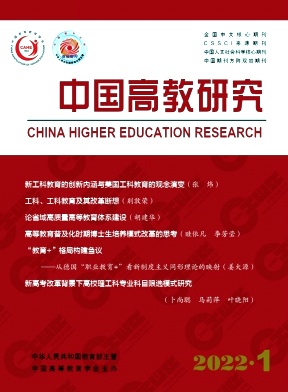Educational Rule of Law
ZHAO Xuan
The construction of university charter with Chinese characteristics should be constantly improved in the process of revision, which is not only the subjective need to effectively promote the implementation of the charter, but also the objective requirement to actively adapt to the external institutional environment. 11 first-class construction universities, including Peking University, have revised their charters for the first time, and have achieved remarkable results in the range, content, basis and quality of the amendments. The Chinese characteristics of the charters have been strengthened. However, there are still some problems, such as content repetition, illegal modification, expression anomie, obvious mistakes, and the display of university style is still insufficient. As the new normal of the construction of university charter with Chinese characteristics, the amendment should attach equal importance to Chinese characteristics and university style, grasp the essence of Chinese characteristics and university style, transform them into charter rules, improve the procedures both of internal revision and external approval, and substantially improve the quality and authority of charter.
